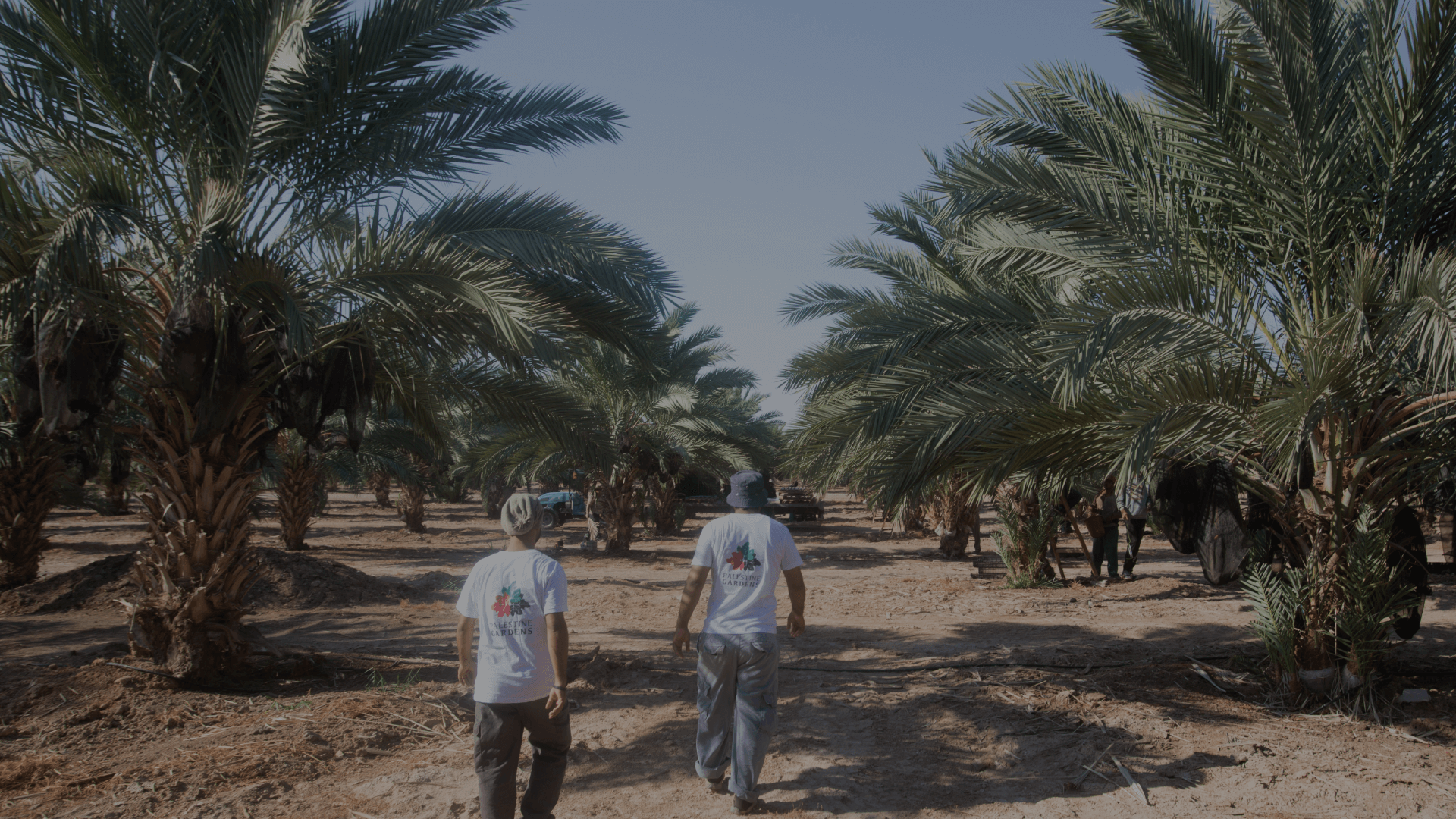This article wishes to examine the process of date palm cultivation. It has been determined that for successful growth and productivity, the grower needs to explore and implement suitable conditions for the following factors:
- Land Preparation
- Climate requirements
- Planting operation
- Fertilization requirements
- Harvesting
Land Preparation
Before planting, the land that wishes to be planted for date palm needs to be prepared and this is to provide the soil with suitable conditions that will enhance the foundation and success of a palm plant. It is also essential that the date grower plan and place a strategy for the planting operation in advance.
Climate requirements
- Temperature requirements
Date palm is grown in areas that have long summers, high temperature, no rainfall, and low relative humidity during the ripening period. Exceptional high and low temperatures of ± 56°C in summer and 0°C and below in winter are well endured by a date palm. Without these conditions, it is unlikely for productive palm cultivation.
- Rainfall
From experience it has been suggested that it is necessary for successful date planting, the rainfall should be minimal to not damage the palm, especially in the flowering and harvest season. However, rain does benefit the soils of nutrients of the palm plants. Most areas that grow dates are nearly rainless until November, which is convenient as that is after the fruit has been harvested from August to November.
- Wind
Wind can be difficult for the palm to handle as at the plants fragile early stage, the wind can be damaging to the plants and even uproot. Light speed winds can also have a positive impact on cultivating dates and favour pollination while high speed winds can blow the pollen away and reduce the chance of success fertilisations. Lastly, winds have the ability to sweep dust and sand and increase the possibility of it contaminating the soft sticky dates.
Planting operation
- Time of planting
It is recommended that planting dates should be in spring and autumn as spring means the end of cold winters and the beginning of warmer weather that encourages growth of the plant, however they are then hit by the hot summers. On the other hand, autumn allows the plant to flourish without the heat of the summer although the plant is approached by cold windy winters.
- Planting time and depth
As you transfer the plant from the bag to the soil, it is necessary for this process to be carried out early morning to give time for the plant to adapt to its new environment. It is significant for the plant not to be planted deep into the soil, which is a common mistake made resulting in a failed attempt at growing date palm.
- Protection
It is crucial for the plants to be protected from difficult climatic conditions and against animals. It has been suggested that hessian wrapping can be used as shade cover, but always remember to leave the top open to sunlight to allow for new growth.
Fertilization requirements
The significance of fertilisation when and after planting is to provide essential nutrients to the plants to ensure growth for the production season, without this the plant will not produce at its optimum and risk its long-term deterioration. An annual fertilization schedule for a year of the date palm plantation is essential for a flourishing harvest of dates and in order to detect and correct any problems that may be encountered.
Harvesting
Dates have many different stages of harvesting. The first is when they reach the Khalal stage, however it is important to note that the fruit is not bitter at this stage. The second is the fragile Rutab stage, which is the most revenue generating stage. Harvesting dates requires climbing the tall trees, as shaking the trunk is not an option. This process entails experienced workers and ladders for them to climb the trees or to invest in appliances that lift the workers to the peak of the trees to harvest the product.
To sum up, there are five important elements that need to be examined and implemented to guarantee optimality for date palm cultivation which includes: land preparation, climate requirements, planting operation, fertilization requirements and harvesting. The impact of these factors on the growth and productivity of date palm is determined by a combination of all of these requirements.
We, at Pal Gardens, an Agriculture Company (one of the Sinokrot Holding companies) are distinguished in planting and packing one of the finest, popular, and most beneficial types of fruit, which is the Medjoul dates. To learn more, please follow our accounts on social networks.

